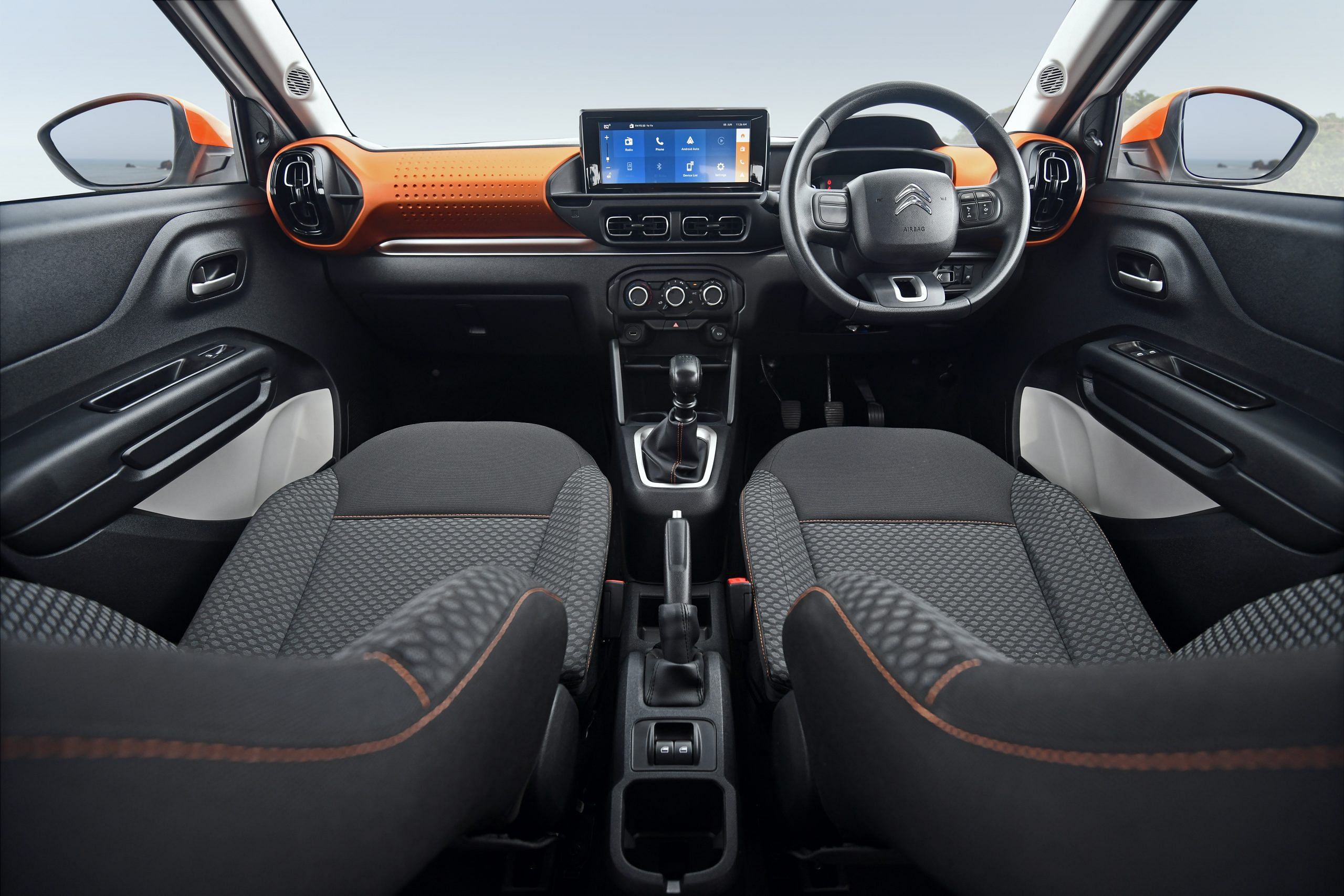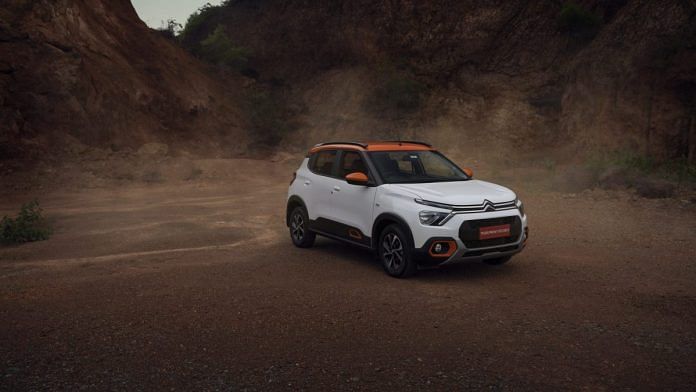When you think of the great engineers and industrialists who created the automobile industry, you think of names like Karl Benz, the man who invented the motorcar. You think of Henry Ford, the man who made mass production possible. You think of Ferdinand Porsche, who created several iconic cars and whose heirs now control a multinational behemoth. And maybe you think of Soichiro Honda as well, an engine maker extraordinaire whose two-wheelers gave mobility to billions.
You do not, in all likelihood, think of a Frenchman. That is strange, since the French were pioneers in the early days of the automotive industry, and the idea of sending big metal horses hurtling down the roads to race them is quite French indeed. But, it is a Frenchman who enabled the automotive industry as we know it today thanks to his engineering genius. He was to cars what his compatriot Marcel Dassault was to airplanes. His name is Andre Citroen.
Andre Citroen’s innovation exists in virtually every car sold today. For one, in the 1930s, he developed the Traction Avant 7 (TA7), the first mass-produced vehicle to feature a front-wheel drive system. This removed the need for a complicated driveshaft and axles for the rear wheels. As far as passenger cars go today, with the notable exception of BMW, and even they’re changing, virtually every other manufacturer primarily sells front-wheel drive vehicles today.
His other critical innovation was the ‘unitised bodyshell’ or to use the french term, monocoque. Simply put, the body of the car is the crash structure. Cars did not need to be built around a frame anymore, and today, other than some heavy-duty off road vehicles and American ‘trucks’, all cars are made using monocoque construction methods. Even vehicles like the new Land Rover Defender.
Also read: You thought you’ll buy an EV to beat the chip shortage delaying car deliveries? Tough luck
A new chance
With such a great history, you’d suppose that more people would like Citroen cars. Well, not quite. While Citroen has enjoyed incredible sales success in Europe and parts of Francophone Africa alongside its sister brand Peugeot, both owned by Groupe-PSA (not part of multinational carmaker Stellantis), it has been a bit of a damp squib elsewhere. This, despite Citroen being a top player in global motorsport through its success in the World Rally Championship with Sebastian Loeb.
So, this is why the new C3 that the carmaker just showcased in India is so important for them. C3, which is manufactured at Thiruvallur and its engines and gearboxes at Hosur, both in Tamil Nadu, will have 90 percent localisation. While the first vehicle Citroen brought to India, the large C5 Aircross, was a high-end product, this new C3 is a mass market product for them. Saurabh Vatsa, head of brand, Citroen India, admits as much, saying that the price of the car, which will be announced later in July, will be a ‘surprise’, although rumours abound that its starting price will be under Rs 5 lakh. This means that the C3, a car that Citroen calls a hatchback, will take on the likes of the Maruti Suzuki Celerio and Tata Punch.
Also read: BMWs are changing—it’s all happening under the hood. And it feels like the movie Tron
How is C3 to drive
It comes with two engines, a 1.2 litre naturally aspirated engine that produces 82PS of power and has a five-speed manual transmission, and a 1.2 litre turbocharged engine with 110PS and a six-speed manual transmission. Clearly, the turbocharged motor is a far superior car to drive but even the naturally aspirated version can get a move on if you mash the gears a bit. Driving down the impressive Atal Setu over Mandovi river next to Panjim in Goa, the turbocharged C3 would have gotten me a speeding ticket had friends not warned me that the local police keep a check over there.
So you can have fun with both engine options although from a drivability point of view, the lack of an automatic option hurts the brand especially given how popular automatics have become of late across India. Vatsa didn’t state when Citroen India will bring in an automatic variant but said it was on the cards.

On the narrow twisty roads of south Goa, the C3 does show off its party piece compared to its rivals. With its suspension, handling is on turns although it isn’t the sort of car you’d throw into a turn with gusto. The big advantage for Citroen here is ride quality. ‘Comfort’ is a big selling point for the French brand and on the small roads leading to Cabo de Rama, the local village panchayats have added speed breakers galore. While ‘glided’ might be a stretch, the C3 definitely felt better than most of the vehicles it will compete against. While these were brand new cars with their suspensions intact — vehicles do tend to get bumpier with age — comfort is a good selling point.
Also read: Kia EV6 promises 500-km range but let the first 100 units come to India and perform
C3 could kill Swift
Citroen has clearly built the C3 to a cost. There are several blanked out buttons and some parts of the car feel basic. While you can specify alloy wheels at the dealership, these as well as a standard reversing camera are missing. This might keep the sticker price low and bring people into showrooms to see the quirky car, with its striking orange roof, if you specify it like that (dual-tone is standard on the turbo), most buyers nowadays like having everything built-in as standard.
Citroen does have some ‘packs’ that you can specify to the dealer very easily though, but it remains to be seen what adding features that rivals offer as standard will do to the final price. One thing you do get as standard on the top-specification is a brilliant ten-inch infotainment screen with wireless Apple and Android connectivity and, for its segment at least, impressive speakers.
If a well-specified turbo can have its price kept around Rs 8 lakh ex-showroom, Citroen C3 could potentially be a ‘Swift killer’. But for that Citroen will need more sales outlets. Having come into India during the peak of the coronavirus with an expensive product, Citroen does not have the reach of its rivals. Vatsa said that they have expanded beyond 23 showrooms already and will have 30 operational showrooms by the time of launch. If the price is right, and Citroen gets its distribution on the ball, we will see more cars on this platform within a year.
There is another reason we do not hear much about Andre Citroen, even though the company still bears his name. He lost control of the company two years before he died. In fact, he died a broken man and was unable to see how his innovations revolutionised the automobile industry. One hopes that Citroen’s story in India is different than that of its founder.
@kushanmitra is an automotive journalist based in New Delhi. Views are personal.
(Edited by Prashant)



